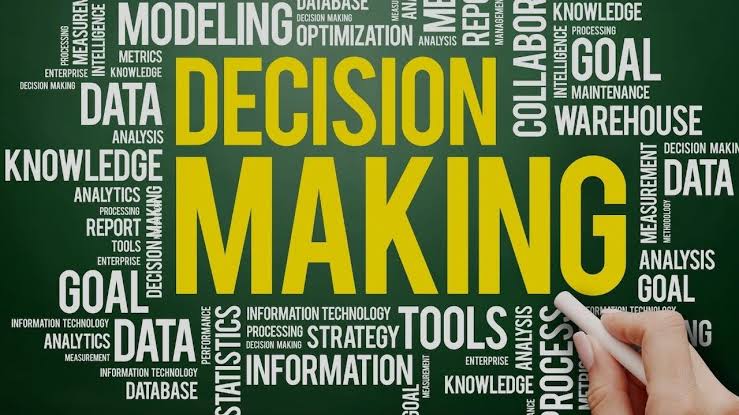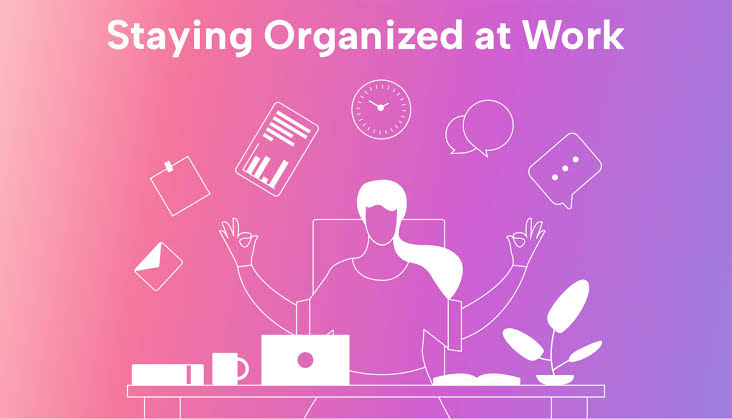In a world increasingly defined by complexity, speed, and information overload, the ability to make effective decisions is a vital skill. Whether you’re managing a business, choosing a career path, or navigating personal relationships, the decisions you make shape your outcomes and, ultimately, your life’s direction.
As of July 2025, decision-making has become even more nuanced. Artificial intelligence tools now assist with data analysis, yet human intuition, ethics, and values remain irreplaceable. Mastering the art of decision-making today means blending logic and emotion, analysis and instinct, speed and patience.
Understanding What Makes a Decision “Effective”
An effective decision is one that brings clarity, aligns with your goals and values, and results in the most beneficial outcome possible given the available information. Importantly, effectiveness is not about perfection—it’s about making the best possible choice at a given moment, knowing you can adapt if things change.
Effective decision-making involves several key traits:
- Clarity of purpose
- Timely action
- Flexibility and openness to change
- Accountability for the results
- Learning from both success and failure
The process is just as important as the result. A clear, thoughtful decision-making process builds confidence and reduces regret, even when outcomes are uncertain.
Step 1: Define the Problem Clearly
The first—and arguably most critical—step in any decision-making process is defining the problem or decision to be made. Without clarity, your decision becomes scattered, misaligned, or emotionally reactive.
Ask yourself:
- What exactly am I deciding?
- Why does this decision matter?
- What are the implications of doing nothing?
By narrowing down the core issue, you avoid distraction and set a strong foundation for the rest of the process. In 2025, digital journaling tools and decision apps help users frame and break down problems more effectively before jumping to conclusions.
Step 2: Gather Relevant Information
With a clear problem defined, the next step is to collect information. In today’s digital age, the challenge isn’t finding data—it’s filtering it. With so much input from news, opinions, algorithms, and analysis tools, learning to identify relevant and credible information is essential.
Types of useful information include:
- Past experiences and historical outcomes
- Data, statistics, and financial figures
- Expert insights or third-party analysis
- Ethical, emotional, or cultural factors involved
The goal is not to seek all possible information, but to gather enough to make an informed decision. Paralysis by analysis remains a danger—overthinking often leads to missed opportunities or delayed action.
Step 3: Identify Alternatives
Rarely is there only one option available. Effective decision-making requires exploring multiple paths before settling on a solution. Even if some options seem less ideal, listing them broadens your perspective and ensures creativity.
Create a list of possible actions, including unconventional or less obvious ones. From there, evaluate their feasibility, impact, and alignment with your goals.
Decision matrices or SWOT (Strengths, Weaknesses, Opportunities, Threats) analysis are useful tools that many professionals now use to compare options systematically. In 2025, AI-powered decision platforms can even simulate outcomes based on each choice, helping users visualize consequences before taking action.
Step 4: Weigh the Evidence
Now that alternatives are in front of you, it’s time to analyze them. This step combines logic and intuition, risk assessment and emotional intelligence.
Consider:
- What are the short-term and long-term consequences of each option?
- What risks are involved, and how manageable are they?
- How does each option align with your values, vision, or responsibilities?
If you’re making group decisions, involve stakeholders or team members in the discussion. Multiple perspectives often lead to better-balanced outcomes. Just ensure that the process remains focused and free from groupthink or unnecessary conflict.
Step 5: Choose with Confidence
After analysis, comes the moment of action. Choose the option that most aligns with your goals, values, and available evidence. Trust your process.
This stage is where many people get stuck—overwhelmed by the fear of making the wrong choice. But indecision is itself a decision, and it usually favors inaction.
By choosing confidently, you reclaim control of the situation. You signal to yourself and others that you trust your judgment. If you’ve followed a thorough and balanced process, the odds are in your favor.
Step 6: Take Action Strategically
An effective decision is not just a thought—it’s followed by execution. Implement your choice with focus and strategic intent. Communicate clearly with everyone affected, and set measurable steps or timelines.
In 2025, digital project management tools (like Asana, Notion, and Trello) are popular for translating decisions into organized action plans. These platforms allow you to track progress, assign roles, and adapt in real time if conditions shift.
Step 7: Evaluate and Learn
Decision-making doesn’t end with action. Reflecting on the outcome—whether it succeeds or fails—is where real growth happens.
Ask:
- What worked well in my decision-making process?
- What assumptions proved true or false?
- What could I improve for next time?
In business, this reflection is often called a “post-mortem” or “after-action review.” But even for personal decisions, taking time to evaluate helps refine future choices. This builds emotional maturity, strategic thinking, and adaptability.
Managing Emotions in Decision Making
While data and logic are vital, emotions also play a role. Fear, excitement, stress, or pressure can cloud judgment or lead to impulsivity. Effective decision-makers learn to acknowledge emotions without being controlled by them.
Practices like journaling, meditation, or even stepping away for a moment of pause can help separate emotion from decision. Mindful decisions tend to be more thoughtful, balanced, and aligned with long-term goals.
Common Pitfalls to Avoid
Some common traps that derail decision-making include:
- Analysis paralysis: Overanalyzing until you can’t act
- Confirmation bias: Only seeking evidence that supports your pre-made decision
- Impatience: Rushing through without proper analysis
- Fear of failure: Avoiding responsibility for the outcome
Awareness of these patterns allows you to course-correct and stay grounded in the process.
Conclusion: Decision-Making as a Daily Mastery
The art of effective decision making is not a one-time skill—it’s a lifelong practice. It evolves with experience, reflection, and a commitment to clarity. Whether you’re facing a major life change or choosing your next step in a project, your ability to decide with intention determines the quality of your future.
In a world full of choices, the most powerful ones are made not with fear, but with wisdom, presence, and purpose. The more skilled you become at making decisions, the more confidently you’ll shape the life you want—one choice at a time.



